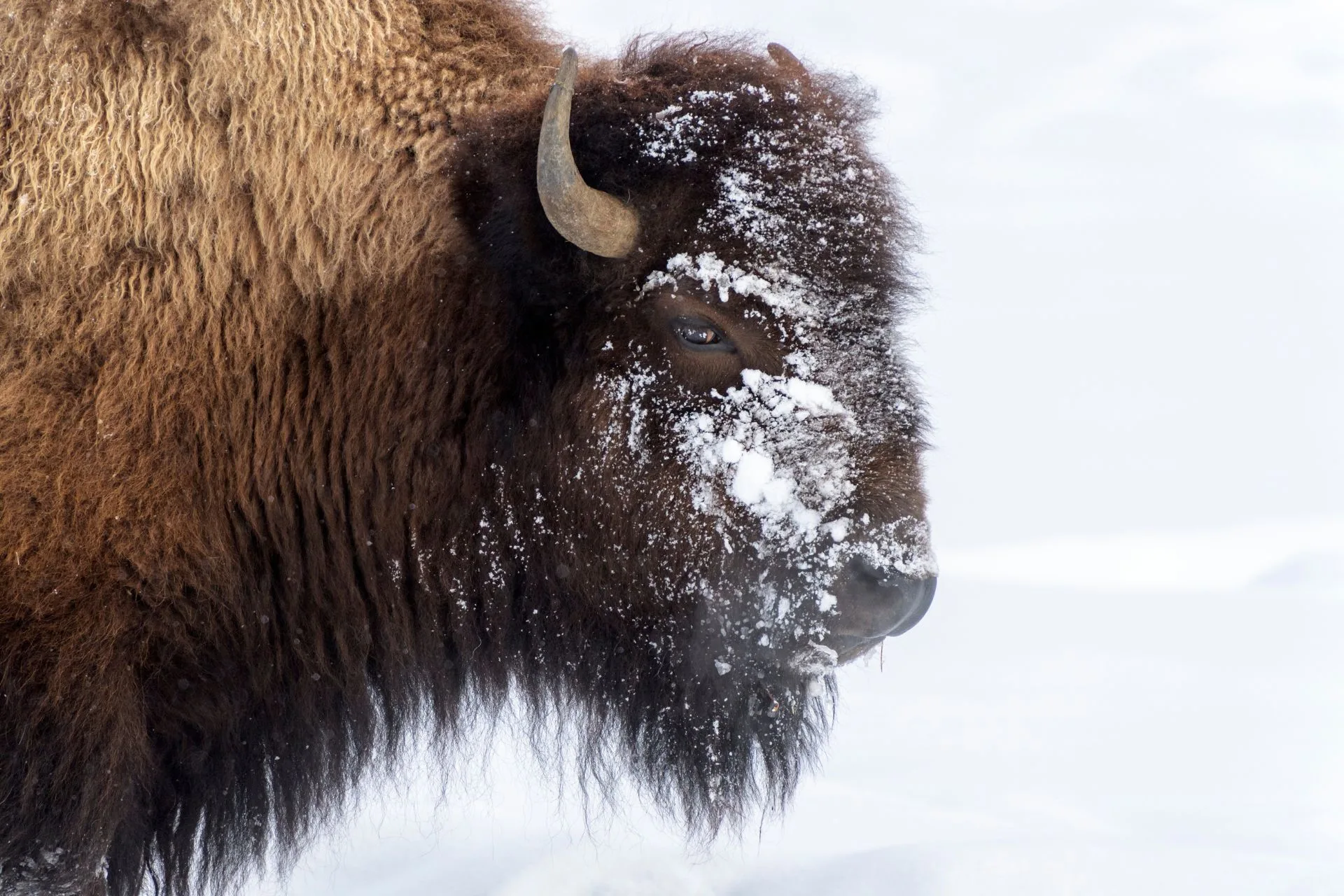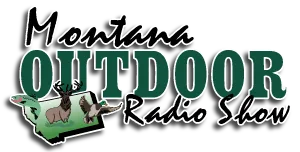Bison aren’t just big, shaggy mammals—they’re ancient, agile, and full of surprises. From sprinting across plains and swimming rivers to communicating in grunts and rolling in dust to spread seeds, these iconic creatures are equal parts muscle, brains, and ecosystem magic. Curious about their bright-orange calves, snow-plowing humps, and other hidden talents? Check out the 10 bison facts below—you just might see North America’s most fascinating beast in a whole new light!
Muscular Hump: That massive hump isn’t fat; it’s powerful muscle that helps them plow through snow in winter.
Ancient Presence: Bison have been around for over 2 million years, making them older than many modern species and even humans in North America.
Swimming Skills: Bison are strong swimmers and can cross rivers to reach grazing grounds.
Sensitive Tongue: They use their prehensile tongue to carefully graze tender grasses while avoiding thorns.
Speed and Agility: Despite their bulk, bison can sprint up to 35 mph and jump over fences 6 feet tall.
Near Extinction: In the 1800s, bison populations dropped from tens of millions to fewer than 1,000 due to overhunting, yet they’ve made a comeback thanks to conservation.
Calf Color: Baby bison, called calves, are a bright orange-brown before gradually darkening to the adults’ darker brown.
Communication: Beyond the iconic roar or snort, bison use a series of grunts, moans, and snorts to communicate.
Ecosystem Engineers: Their wallows (dust baths) create depressions that collect water, helping plants, insects, and other wildlife.
Seed Dispersal: Bison sneeze, snort, and roll in dust, which helps disperse seeds and fertilize the grasslands.



